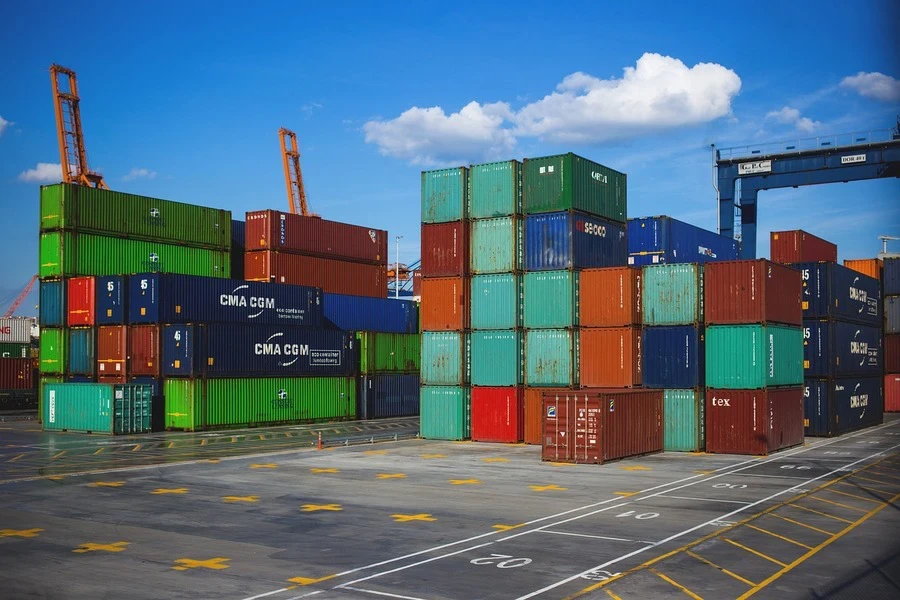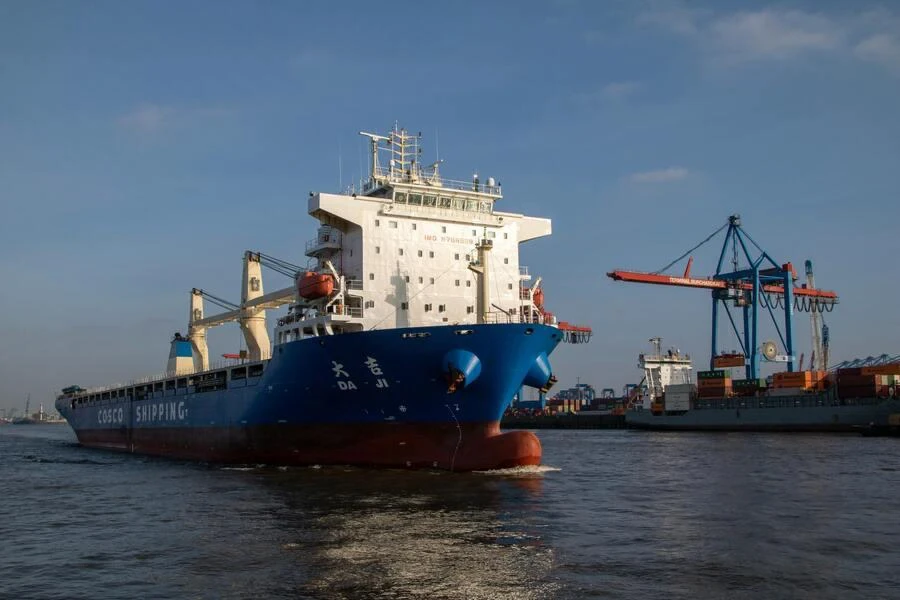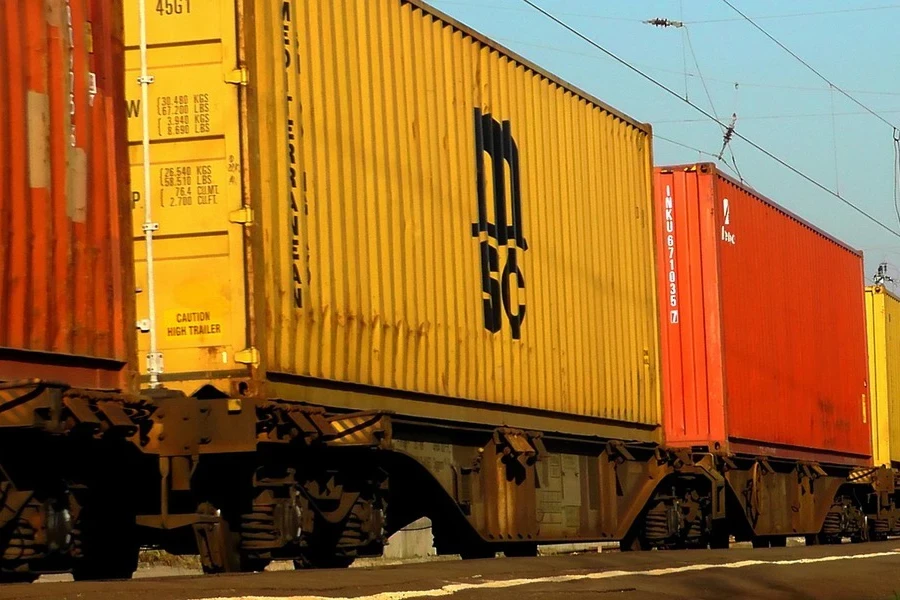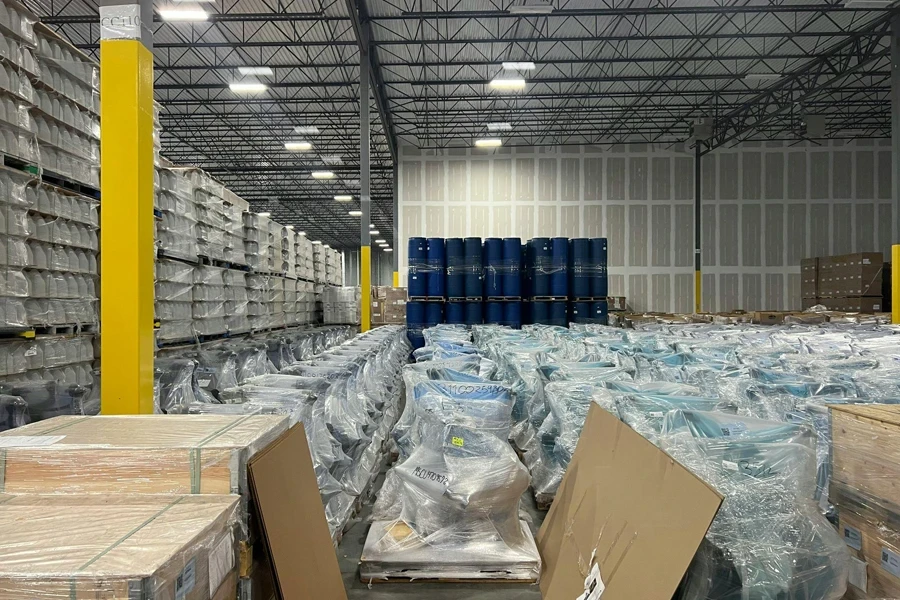Shipping rates and carrier discounts can greatly impact the bottom line of a business. When ordering on Cooig.com, it’s natural for wholesalers and retailers to look for the best discounts. The lower the shipping charges, the higher their profits. However, in this struggle to reduce the costs, they shouldn’t compromise the safety or delivery timeframe.
In this article, we’ll share practical tips to help you save on Cooigc.om shipping costs. From picking the right delivery speed and packaging to using discounts and price comparison tools, we’ve got you covered.
Table of Contents
Shipping from Cooig.com for the first time
Cooig.com shipping methods list
What is the cheapest method to ship from Cooig.com?
5 tips to cut down Cooig.com shipping costs
Shipping from Cooig.com for the first time

If you’re ordering from Cooig.com or China for the first time, the cheapest option is often to let the supplier handle the Cooig.com shipping and include the cost in your invoice. Since your first order is likely small, this approach simplifies the process. You get a clear understanding of how shipping works and you can plan your future shipments based on this experience.
The suppliers usually ship via air which is quite a straightforward process. Just provide your address, and your supplier takes care of the rest. This hassle-free method not only saves time but also helps you avoid unexpected fees.
Cooig.com shipping methods list
There are various methods to ship goods from Cooig.com. For each business, the best option is the one that brings the highest bang for their buck. Here are the main shipping options available:
Air Freight

Air freight is one of the fastest ways to ship internationally at competitive rates. It’s ideal for shipping large packages that usually weigh between 100kg and 800kg. This service is often relevant when tight deadlines or strict security checks apply. However, express freight often comes with high shipping prices, so working with a reliable freight forwarder can help manage costs.
A few key elements to check before finalizing air freight orders are:
- Required documents (Airway Bill, commercial invoice cost, packing list, etc.)
- Estimated delivery time (typically 1–3 days, up to 5 for long distances)
- How shipping costs are calculated
- Total shipment cost
Ocean freight

Ocean freight is a cost-effective way to ship large packages, though the transit time is longer (30–60 days). It is a perfect way to get bulk shipments and offers two options based on container size:
- FCL (Full Container Load): A single shipper books an entire container (20ft or 40ft).
- LCL (Less than Container Load): Cargo from multiple shippers shares a container, reducing costs.
Generally, containers on sea freight are tightly sealed for security. Essential documents like the bill of lading, commercial invoice, packing list, and custom duties forms are required before booking a space.
Businesses can choose the sea freight method according to their budget and goods specs. FCL means booking an entire 20ft or 40ft container, even if it’s not fully loaded, while LCL allows multiple shippers to share a container, reducing costs. Once the shipment arrives, goods are separated and delivered to their respective owners.
Here’s a table providing a clear distinction between various factors of FCL and LCL:
| Full-Container Load | Less than Container Load |
| More secure, fewer handlers, lower risk of loss or damage | Higher risk due to multiple handlers |
| Easier to track directly through the shipping company | Harder to track due to shared cargo |
| Faster processing, no need for consolidation | Slower due to cargo consolidation & deconsolidation |
| Shorter transit time | Takes about 2 weeks longer than FCL |
To save costs on Cooig.com, it’s recommended to opt for LCL if the cargo size is less than 8cbm, but choose a full-container load when the shipment is 15cbm or more.
Rail freight

Shipping goods by rail freight from China to Europe is gaining popularity over time. It’s faster than ocean freight and cheaper than air freight, making it a great middle-ground option. Delivery takes around 20-25 days, offering a balance between speed and cost.
Businesses can use various strategies to reduce the costs of rail freight. For instance, they can scan different carriers to get the most economical rates. They must also ensure all documents are in place so they can avoid customs or port penalties. The required paperwork includes a commercial invoice, railway bill of lading, certificate of origin, packing list, and custom duties forms.
With its efficiency and affordability, rail freight is a solid choice for businesses looking to cut costs while keeping deliveries on track.
What is the cheapest method to ship goods from Cooig.com?

If you’re looking for the cheapest way to ship large goods, ocean freight is your best bet. It keeps shipping costs low, making it ideal for bulky items and helping you maintain better profit margins. The downside?
It takes longer, so if speed is a priority, you may need to explore other options.
On the flip side, express freight is the fastest but also the most expensive. Every shipping method has its pros and cons, depending on transit time, cost, and cargo size.
Here’s how to lower shipping costs on Cooig.com:
- If your shipment weighs over 200 pounds, consider air, rail, or ocean freight instead of express shipping.
- Check with suppliers. Some may have better shipping options available.
- Work with a reliable freight forwarder to find competitive prices, optimize delivery time, and manage logistics for you.
- Also, keep an eye on the gross weight vs. the actual weight of your shipment, as this affects pricing. Building relationships with reliable suppliers and freight partners can also help you save in the long run!
5 tips to cut down Cooig.com shipping costs

After finalizing the shipping method, it’s now time to follow some more strategies to cut the average Cooig.com shipping costs:
1. Optimize the packages
Ever heard of the phrase “work smart, not hard?” This rule also somehow applies to the shipping process. If you’re not careful, extra space in your shipments could mean extra charges. It drains your budget before you know it.
When placing an order with Cooig sellers, keep in mind that express freight costs are based on weight or volume. The more space your products take up, the more you’ll pay. A smart move would be to optimize your packaging by reducing its weight and size to cut down on unnecessary bulk and keep costs in check.
2. Look for the right shipping agent
Well-known freight forwarders can get you the best deals. They can use their connections to secure preferential freight rates from large air and ocean carriers. This quality gets them large business deals where customers naturally receive preferential treatment.
When it comes to shipping, bigger isn’t always better. A mystery shopping survey found that out of the top 20 freight forwarders, only seven were willing to give quotes to small businesses. If your shipping costs fall between $1 and $800, you might want to steer clear of large freight forwarders because they often prioritize bigger clients.
On the flipside, smaller freight forwarders are usually more flexible and eager to work with small businesses. They can offer personalized service, but their pricing might not always be a steal deal.
3. Plan the routes
Talking to freight forwarders isn’t always the right plan as they aren’t the experts in all product types and shipping routes to all countries. Instead, a business should rely on its own research and make a deal with reliable freight forwarders who can accommodate their cost-cutting strategies, like:
- Split the shipments: Ship 5-10% of your products via air freight for faster delivery, while sending the rest by sea to reduce costs.
- Avoid peak seasons: Shipping rates skyrocket during busy times. Plan and order during slower periods for better deals.
4. Negotiate with Cooig sellers
This is one of the prerequisites when buying from an overseas market. Costs like shipping charges and packaging could add to the overall payment, which means a business must look for the best bargains at every stage. Trying to negotiate with the suppliers is also a strategy included in this plan. However, it’s up to them if they accept your offer.
Check different shipping methods. There might be a more affordable choice than your initial estimate. If that doesn’t work, consider finding other suppliers. Many Cooig products are available from multiple sellers, so you have plenty of options to compare.
5. Self-pickup to reduce average Cooig.com shipping costs
If you’re a business owner near a port, picking up your own shipments can save you a good chunk of money. Instead of paying suppliers or freight forwarders for delivery, you handle it yourself—especially useful for heavier items.
Here’s how to make it work:
- Confirm with your supplier that self-pickup is allowed.
- Arrange a vehicle and driver to transport your shipment.
- Be ready for extra fees like port charges and customs duties.
- Stay updated on shipping times so you know when to pick up your order.
With a little planning, you can lower shipping costs and keep more profit in your pocket!
Final Thoughts

Cooig.com, being a leading B2B e-commerce platform, accommodates various shipping methods for its widescale prospects. As observed from this comprehensive guide, the easiest way to negotiate shipping on Cooig.com is by using a freight forwarder. They tackle the hassle and help you get the best deals within your budget.
There’s no question that the shipping landscape is evolving rapidly. As a business navigating here in 2025, you must keenly look at the options available. Stay adaptable and innovate according to the market to ensure your relevance and exceptional customer service.
Also, stay tuned to Cooig.com Reads for more insights on the subject!





 বাংলা
বাংলা Nederlands
Nederlands English
English Français
Français Deutsch
Deutsch हिन्दी
हिन्दी Bahasa Indonesia
Bahasa Indonesia Italiano
Italiano 日本語
日本語 한국어
한국어 Bahasa Melayu
Bahasa Melayu മലയാളം
മലയാളം پښتو
پښتو فارسی
فارسی Polski
Polski Português
Português Русский
Русский Español
Español Kiswahili
Kiswahili ไทย
ไทย Türkçe
Türkçe اردو
اردو Tiếng Việt
Tiếng Việt isiXhosa
isiXhosa Zulu
Zulu